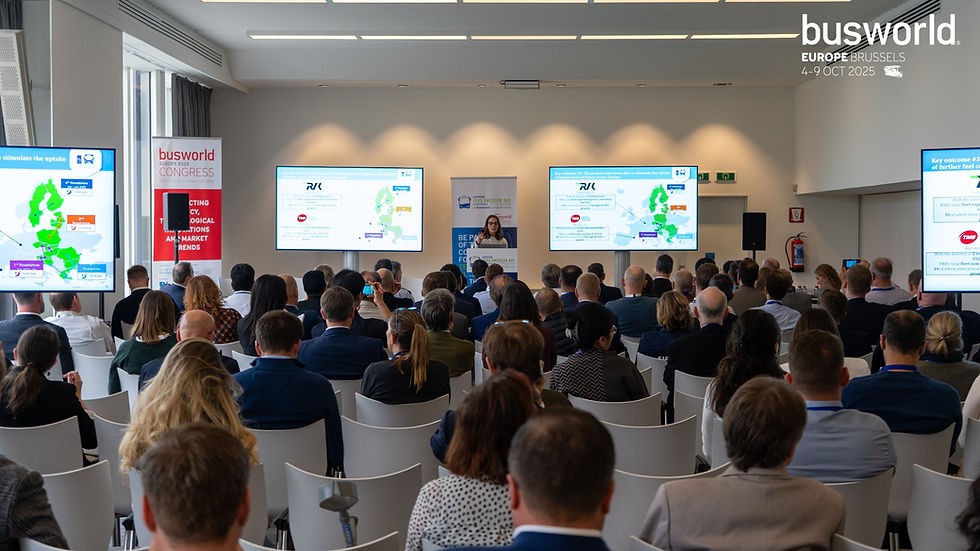Paper: MEASUREMENT OF RECOVERY ELECTRICITY ON THEE-BUS HIGER KLQ6125GEV3 ON EKO 1 LINE IN BELGRADE
- Apr 19, 2021
- 1 min read
Updated: Nov 18, 2021
One of the most important features of an electric bus (E-bus) is the ability to recover electricity generated during the braking and deceleration phase of the vehicle. The specificity of bus operation in urban transport is reflected in the dynamic mode of operation of the vehicle, especially in terms of frequency and intensity of acceleration and braking.
Recovery electricity in the braking and deceleration phase of E-bus is determined by the performance of the drive electric motor, the choice of strategy (algorithm) for regenerative braking control, driving cycle, terrain configuration, the ability of the supercapacitor to receive as much electricity and the driving style of the driver.
The research of electricity recovery on the EKO 1 line was performed in 2018 and 2019. years. The dates were chosen when heating and air-conditioning systems were not used or minimally used only in certain periods of the day, in order to more realistically look at the effect of the achieved recovery and the impact on the energy efficiency of the E-bus. The measured values of the supercapacitor voltage, the discharge and recuperation current of the supercapacitor and the SOC values were taken from the SD memory card BMS (Battery Management System) of the control unit that performs data acquisition from the V-CAN of the E-bus. The size of the recovery electricity, under the assumption that the regenerative braking




Comments